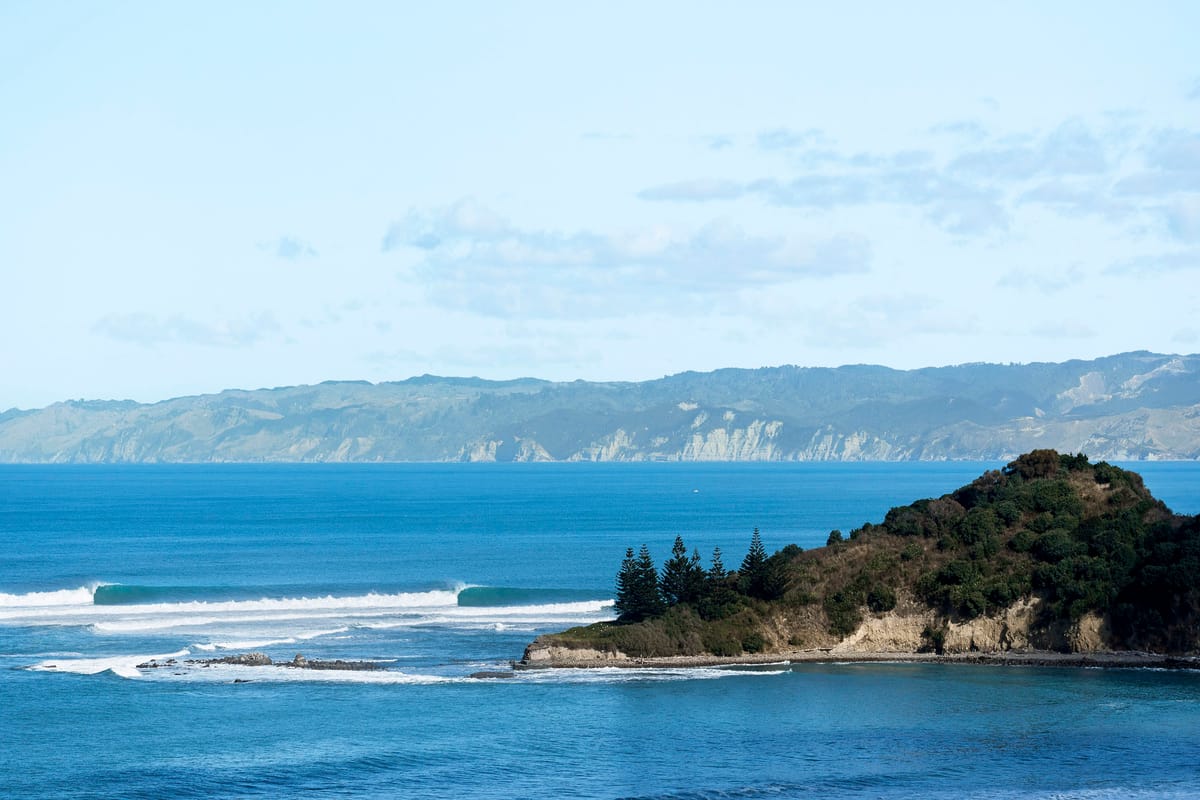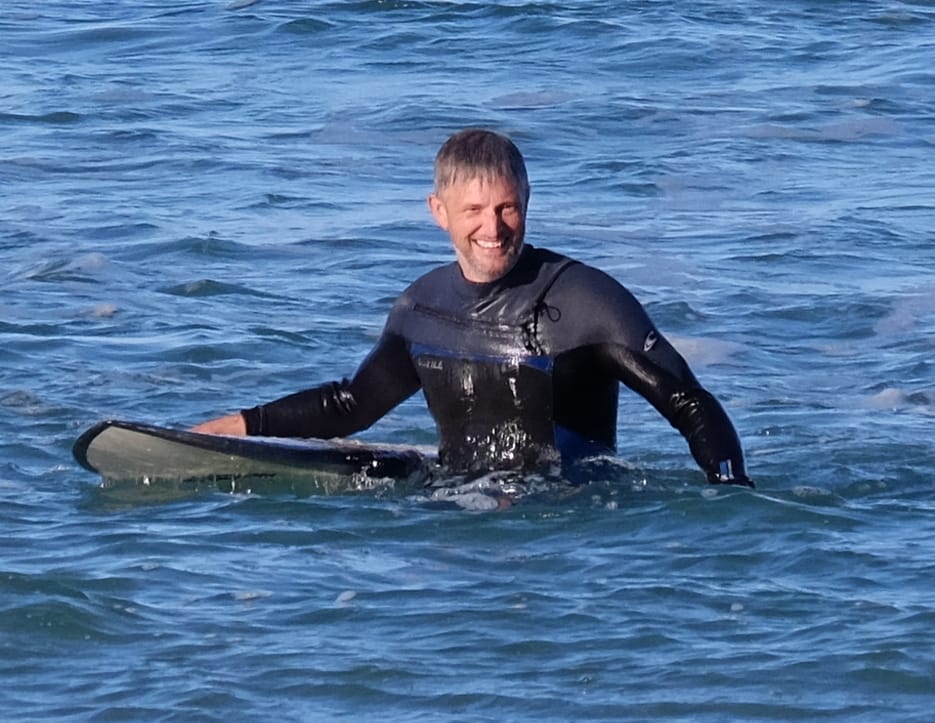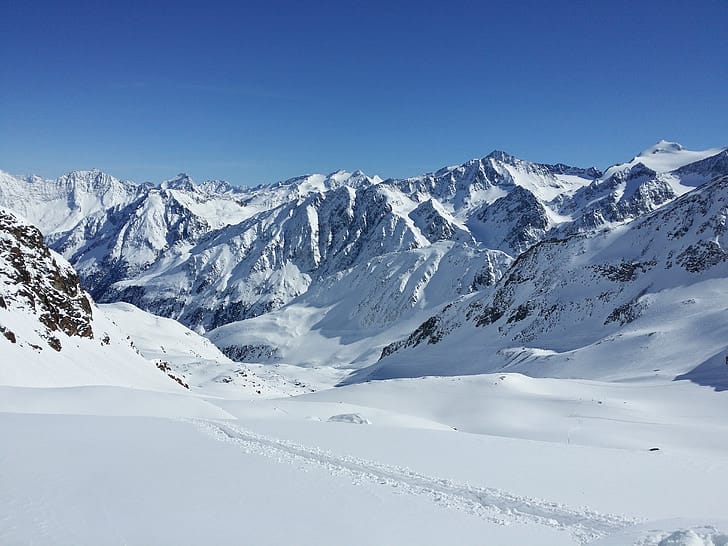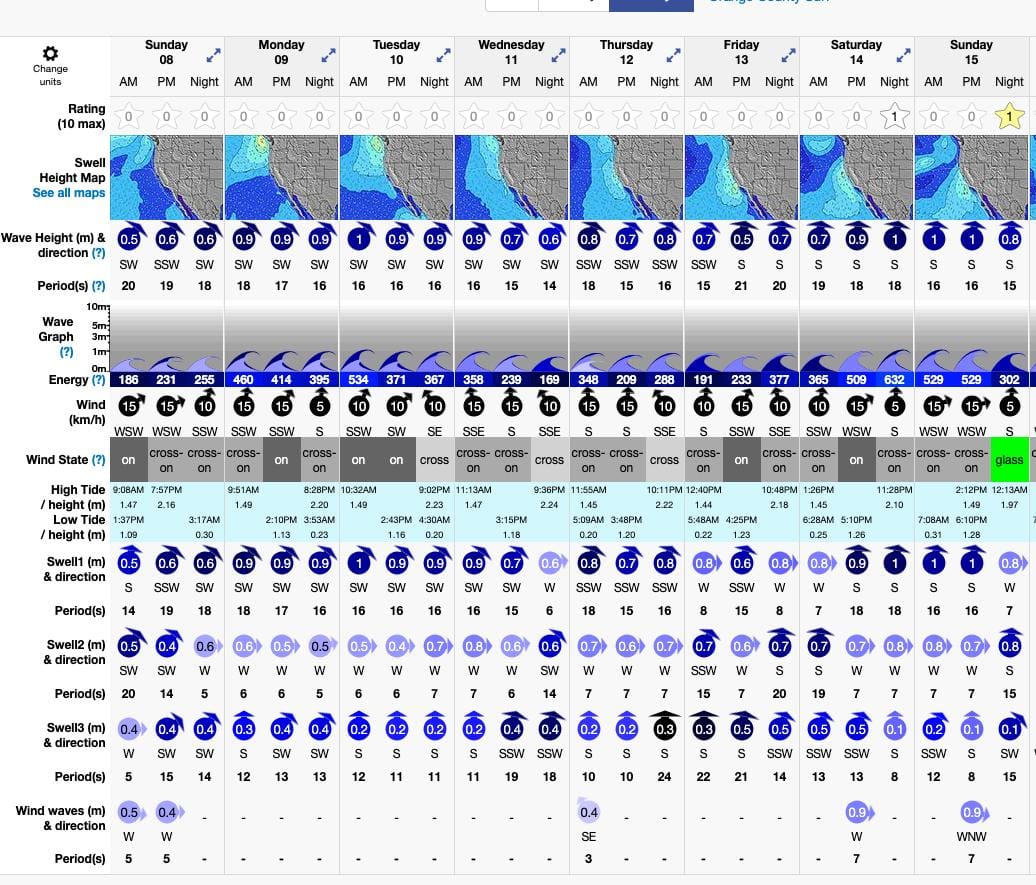Meet Rob Davies: The Scientist Behind Our World Leading Surf Forecast Science

The Welsh-born, NZ-based surfer, snowboarder and scientist wanted fresh tracks and uncrowded waves. So he wrote the code for surf-forecast.com and snow-forecast.com. 25 years on, they are the most viewed surf and snow forecast sites on the planet. So why has no one ever heard of him?
In the early 1990s, Welsh snowboarder and surfer Rob Davies was living in landlocked Oxford doing a PhD in geophysics. Three hours' drive from the surf and even further from snow, Rob’s regular trips to Ireland, Scotland and the Alps didn’t go down well with the academics. His supervisor suggested he take up rowing instead. The smartest people sometimes say the stupidest things.
“Really, I wanted to study meteorology or oceanography,” Rob said, “but I figured geophysics would eventually get me a research job in earthquake-prone New Zealand. That worked out well, and I have been living down here for almost 30 years.”

Rob quickly discovered there was a huge overlap in those subjects with maths, physics, satellite data and lots and lots of coding at the heart of them. They were big numerical geodata problems that were becoming increasingly model-driven.
“The big drawback with living so far from the surf as a student is that I risked driving three hours in the wrong direction. Drive to Cornwall for the weekend when I should have gone to Yorkshire. Back before websites, everyone who surfed was a weather geek who would buy a daily newspaper just to see a pressure chart. We all knew the times of the shipping forecasts on the radio. We got it wrong more often than we got it right,” said Rob.
Spanish Point in Ireland was rarely surfed until quite recently, so back in 1991 Rob was keen to chat to the gangly Californian who was hanging out on a small-swell afternoon. “'Tomorrow should be epic,'” he said. “'And the next day could be even better.' The Atlantic chart looked incredible before I flew over.' This was big wave surfer Mark “Doc” Renneker. He had just flown from California to Ireland and hired an RV to surf here. All based on a few lines on a map he saw two days ago.
“When I met him, I had no idea who this dude with a rented RV and big wave board was, but we chatted all afternoon and at the end he gave me his business card and an invite to stay with him in California. Most importantly, he got me thinking about forecasts and wasted trips that were the norm back then,” recalled Rob.
The next day, the big swell arrived, but so did an onshore wind. This was two years before the word website was used for the very first time. But Rob's scientific mind was whirling.
In 1997, he conceived and developed a new methodology for predicting snowfall based on the usually discarded vertical information in weather models and how this combines with topography.
“I was living in New Zealand by then, and it was a time when you’d drive to the mountain, hit the internet cafe, print out the latest forecast, and you’d be off for a few days, on your own. My snowfall forecasts for my favourite spots were generally better than what was available at the time and more longer range. It was pure greed. I just wanted fresh powder.”

Rob next built a computer program for surf forecasting. That allowed him to predict the fickle waves of his homeland, and his equally unpredictable new location in the South Island of NZ.
“The reason I moved to NZ is because snow and surf are juxtaposed and you really can do them both on the same day," he said. "I was writing the backend stuff, but couldn’t find anyone to do all the frontend website. The science and maths worked, but it couldn’t really be put on the internet,” said Rob.
For the first few years, he just shared it with mates who didn’t mind the rough and ready presentation. In hindsight, he says he missed the boat here because he was well ahead of the forcecast sites like the now defunct Magic Seaweed. At the time, the commercial value wasn't a priority.
More than 20 years on, with the collaboration of partners (and fellow scientists and outdoor enthusiasts Rob McDonald and Nick Russill), these side hustles and pure passion projects have turned into www.snow-forecast.com and www.surf-forecast.com - our apps and sites that attract more than 30 million unique visitors each year. Rob’s science also underpins the company's tide-forecast, mountain-forecast.com and weather-forecast platforms. In terms of traffic, they might be the biggest surf and snow sites in the world. Achieved not with venture capital, webcams, advertising or marketing, but through organic growth and science that works.
When we caught up with Rob, he’d just spent a day tracking, then surfing, a rare river mouth lefthander on the northern tip of the South Island. It was his ideal case. A small swell window, and big tides far away from harbours that made tidal predictions hard. “I love being on those spots that just light up now and then, with odd conditions. So that is always motivation to try to improve the site. Again, it’s pretty selfish. I’m trying to score rare, good, uncrowded waves.”
Despite his very personal reasons for developing and improving the site, it has gained a huge, loyal audience all over the world. And that's despite, by Rob's admission, that it can look somewhat like an uncompromising, great wall of information, designed by scientists, which is exactly what it is. The recently updated app has streamlined and simplified the data, but for the dedicated users, especially the real forecast geeks, they have learned to love just how forensic you can get with your predictions at all of the 7000 spots listed and the new free-scrolling maps allow you to get details pretty much anywhere.
Another more user-friendly tool has been the site's energy rating. This has been creeping into more and more mainstream sites recently (witness a recent Stab’s article Titled Why The Fuck Are We Measuring Waves In Kilojoules?) but has been a mainstay of the surf-forecast tool kit for over a decade.
“By factoring in swell direction and local bathymetry, you can get a measure of the offshore energy that arrives at your spot,’’ said Rob. “It tells you how powerful the waves are going to be. It’s a matter of knowing how, and whether, to combine different swell components, so I set about giving a simple number that could provide a better rating to match real-world conditions.”

Only in the last few weeks, Rob has changed the star ratings so they are now based on the summed energy of all swell components, rather than just the single most energetic one and not only reflect the wind conditions but also the state of the tide so you might see a 3 star rating on a white background to indicate that most of the ingredients are there but the wind is marginal or the tide is wrong, but your local knowledge may be better than his database.
You sense with Rob that if you wanted to go deep into the surf forecasting science, you’d need to set aside a few weeks, and that wouldn't even touch the sides. And that’s without getting into the snow and weather side, or his respected work in the fields of cave exploration, tectonics and microgravity.
He had dedicated his life to the science of surf forecasting and snow forecasting, and then put all his theories to the test in the wild. As the sites have amassed millions and millions of users, without a bell or whistle in sight, it's hard to think of an individual who has helped more surfers score more waves.
“It was never planned to be commercial, it just started with a love of the ocean and the mountains and a keen interest in meteorology,” he said. “I've kind of lived the need. I've been shitting myself on a rented catamaran off the back of a reef in New Caledonia, dragging anchor at 3am in a gale and very, very quickly, working on the website over satellite internet to figure whether to up-anchor and risk hitting a bommie or sit tight as the rising tide was letting more waves through.
That’s when I realised we need forecasts anywhere in real time. I like using it under extreme conditions and testing to see what it is capable of. If everyone using the sites can then use all that information and science to score waves and fresh tracks, with just a few clicks, then all the better.”
